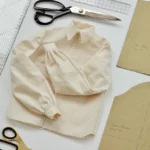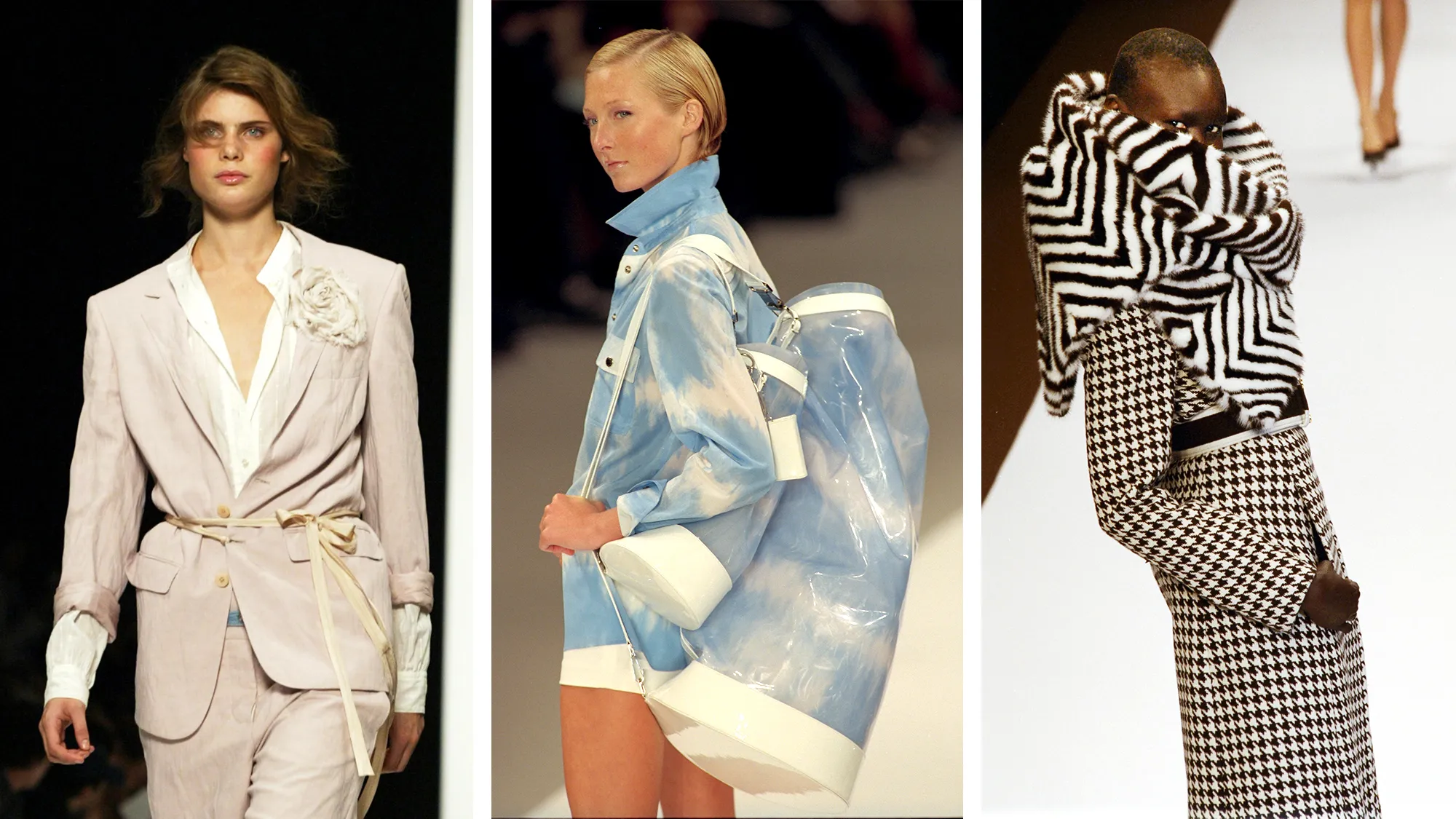Sustainable clothing design is increasingly becoming essential in fashion. Designers are embracing eco-friendly methods and materials to reduce the environmental impact of clothing production. Incorporating sustainability into clothing design means making responsible choices that benefit both the planet and consumers.

Using Eco-Friendly Materials
Choosing sustainable fabrics is one of the most important steps in sustainable clothing design. Eco-friendly materials reduce waste, pollution, and carbon emissions.
- Organic Cotton: Unlike traditional cotton, organic cotton is grown without harmful chemicals, reducing water use and soil degradation.
- Hemp: Hemp grows quickly, requires minimal water, and doesn’t deplete soil nutrients, making it one of the most sustainable natural fibers.
- Bamboo: Bamboo is a renewable resource that grows quickly and needs little water. Bamboo fabric is soft, durable, and biodegradable.
- Recycled Fabrics: Using recycled materials, such as polyester made from plastic bottles or upcycled textiles, reduces waste and promotes circular fashion.
Designers opting for these materials contribute to lowering the environmental footprint of the fashion industry.
Reducing Waste in Production
Waste reduction is crucial to sustainable clothing design. Many traditional clothing production methods create significant fabric waste, but sustainable practices can help minimize this.
- Zero-Waste Design: Zero-waste fashion focuses on creating patterns that use 100% of the fabric, reducing off-cuts and scrap materials.
- Upcycling: Upcycling involves repurposing old or unused fabrics into new garments, giving them a second life rather than sending them to landfills.
- Digital Patterning: Designers can use digital patterning software to reduce fabric waste by optimizing cutting layouts and ensuring precise measurements.
By focusing on waste reduction, designers not only save materials but also cut production costs.
Ethical Labor Practices
Sustainable clothing design also encompasses ethical labor practices, ensuring that workers are treated fairly throughout the production process.
- Fair Wages and Working Conditions: Designers and brands should ensure that the workers involved in creating their garments are paid fair wages and have safe working conditions.
- Transparency: Sustainable designers often provide transparency in their supply chains, showing consumers where their clothes are made and who makes them.
By committing to ethical labor practices, designers contribute to a more just and humane fashion industry.
Minimizing Carbon Footprint
Reducing energy use and carbon emissions in clothing production is a key goal of sustainable design.
- Local Sourcing: Designers can minimize transportation-related carbon emissions by sourcing materials locally and manufacturing garments closer to where they will be sold.
- Energy-Efficient Production: Using renewable energy sources in factories, such as solar or wind power, helps reduce the overall carbon footprint of the production process.
- Sustainable Packaging: Using recyclable or biodegradable packaging materials for clothing products can significantly reduce waste.
By reducing carbon emissions and energy consumption, sustainable designers help fight climate change.
Conclusion
Incorporating sustainable practices into clothing design is essential for reducing the environmental and social impact of the fashion industry. By using eco-friendly materials, reducing waste, ensuring ethical labor practices, and focusing on durability, designers can create clothing that is both stylish and responsible. Sustainable fashion isn’t just a trend—it’s a movement toward a more conscious, eco-friendly future.











